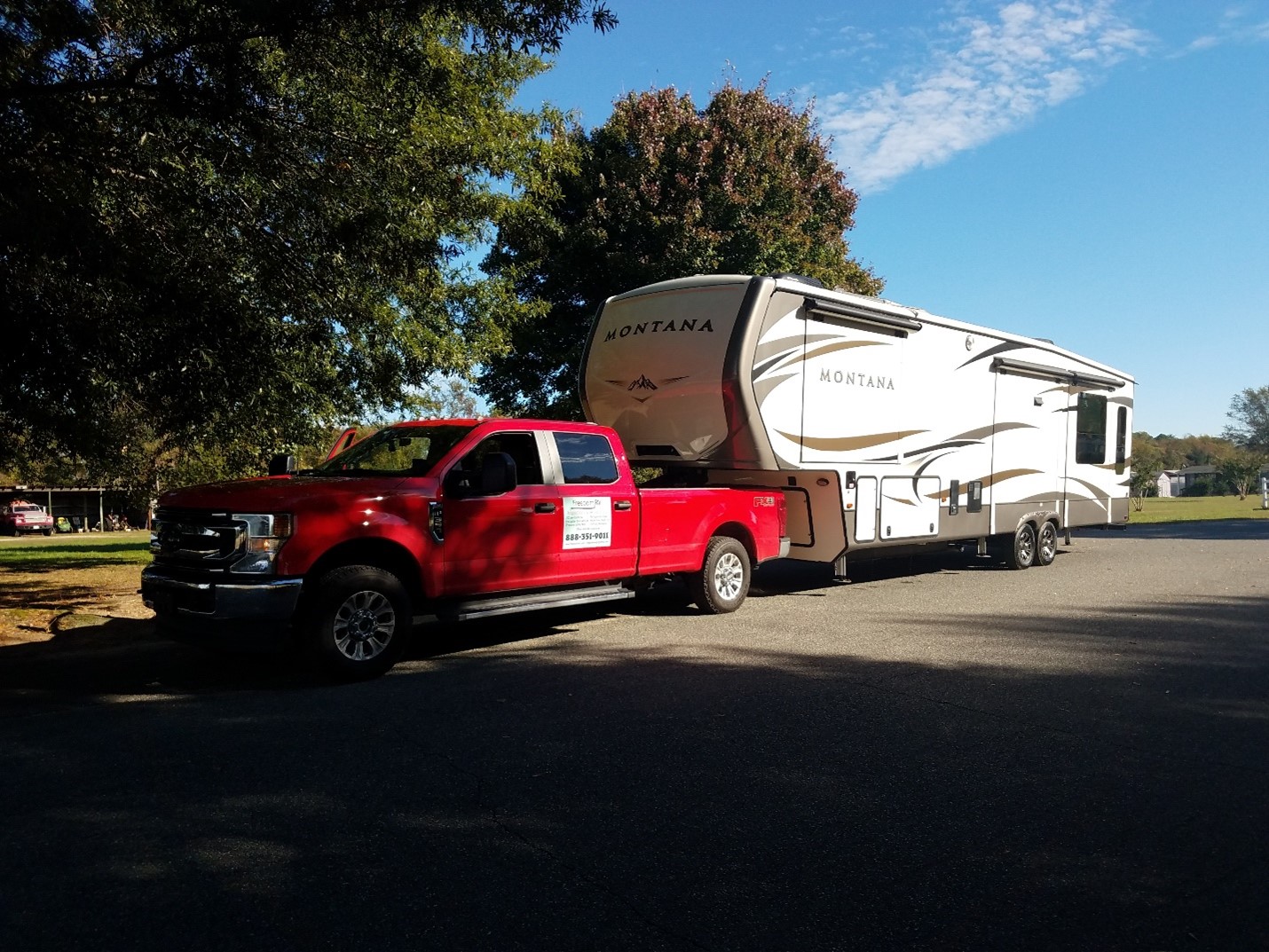Tech Tips
Winnebago Owners
Check that Radius
This is the most important inspection a Winnebago owner can do.
If you didn’t know, from 2013 forward, Winnebago uses a unique roof system where the radius is tucked into a molding that runs along the side of the coach. There are no mechanical fasteners into this roof edge whatsoever. The radius is simply tucked in there and then glued in with a sealant.
This roof is so unique, that most insurance companies know about it and if this roof is not properly maintained and your roof falls apart, they’re going to deny your claim. If you can prove that you’ve been maintaining it, you’ve been sealing it and having routine
inspections, and then you have a roof failure, the insurance companies will generally cover you.
If you don’t check the sealant on the radiuses, chances increase that your roof is going to get ripped out by a big gust of wind and you have to get a whole new roof.
What to look for. Inspect where the roof radius goes into the molding. If there is any missing, dried up or non-flexible sealant, it needs to be completely removed and then replaced with new sealant. *Note* This is a time consuming, tedious repair. It is DIY doable, but be prepared for a big mess, lots of waste and a general dislike for this type of roof system.
It is important to use the correct type of sealant for this and if you need to apply sealant around the vents on the roof. Winnebago uses a self-leveling silicone on the roof. This is NOT the same as the most commonly used polyvinyl chloride Dicore self-leveling sealant. Dicore or similar products can not be used alongside silicone-based products.
For the radius, Winnebago uses a clear gutter sealant for houses called mason sealant and it is very hard to locate plus very costly. I use, and it’s accepted by Winnebago, the Proflex by Geocell. Make sure to use the clear.
Do not overlook this maintenance item. A standard roof replacement on a 36’ can cost upwards to 35-40k in materials and labor. To have a mobile RV technician come out and inspect the same roof and radius will be around $200.


Mobile RV Service and Maintenance Scheduling
804-217-4487
Inspection Information and Inspection Scheduling
804-690-5875
Warranty, Extended Warranty or Recall, Unit delivery or Pickup, Relocation Services
804-690-2349
freedomrvisllc@gmail.com



Full RV Services and Repairs
Satisfaction Guaranteed
Call us today
Mobile RV Service and Maintenance Scheduling
804-217-4487
Inspection Information and Inspection Scheduling
804-690-5875
Warranty, Extended Warranty or Recall, Unit delivery or Pickup, Relocation Services
804-690-2349
